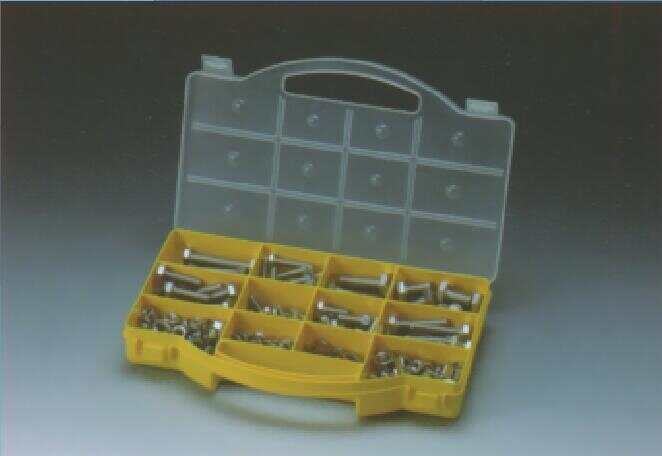Common Mistakes to Avoid When Using Fasteners
July 27,2023
Fasteners are essential components in various industries and applications, providing the necessary strength and stability to hold structures and equipment together. However, using fasteners incorrectly or making mistakes during the installation process can lead to costly and potentially dangerous consequences. In this blog post, we will discuss some common mistakes to avoid when using fasteners to ensure their proper functionality and longevity.

Choosing the Wrong Type of Fastener
One of the most common mistakes is selecting the wrong type of fastener for the specific application. Different fasteners, such as screws, bolts, and nails, have different strengths, sizes, and thread patterns. It is crucial to understand the requirements of the project and choose the appropriate fastener accordingly. Using the wrong type of fastener can result in weak connections, loosening over time, or even structural failure.
Not Considering the Material
Another common mistake is not considering the material of the fastener and the material to which it will be fastened. Different materials have different properties, such as hardness, strength, and corrosion resistance. Using a fastener made of a material that is incompatible with the material it is fastening can lead to galvanic corrosion, weakening the connection. It is important to choose fasteners that are compatible with the materials they will be used with to ensure a secure and long-lasting bond.
Over-tightening or Under-tightening
Proper tightening of fasteners is crucial for their functionality. Over-tightening can lead to stripped threads, damaged fasteners, or even the deformation of the materials being fastened. On the other hand, undertightening can result in loose connections that compromise the integrity of the structure. It is important to follow the manufacturer’s recommendations or consult a professional to determine the appropriate torque or tension for the specific fastener and application.
Ignoring the Importance of Pre-Drilling
Pre-drilling is often necessary when using fasteners, especially in hard or dense materials such as hardwood or metal. Ignoring the need for pre-drilling can result in splitting or cracking of the material, making it difficult to achieve a secure and stable connection. It is important to use the appropriate drill bit size and depth to create pilot holes before inserting the fasteners.
Using Damaged or Worn-Out Fasteners
Using damaged or worn-out fasteners is a common mistake that can compromise the strength and reliability of the connection. Bent, rusted, or corroded fasteners should never be used, as they can weaken the connection and increase the risk of failure. It is important to inspect the fasteners before use and replace any damaged or worn-out ones with new ones.
Failing to Consider Environmental Factors
Environmental factors, such as exposure to moisture, chemicals, or extreme temperatures, can significantly impact the performance of fasteners. Failing to consider these factors can lead to premature corrosion, weakening of the connection, or even complete failure. It is important to choose fasteners that are specifically designed for the intended environment and provide the necessary corrosion resistance or temperature tolerance.
In conclusion, avoiding these common mistakes when using fasteners is crucial for ensuring their proper functionality and longevity. By choosing the right type of fastener, considering the material, properly tightening them, pre-drilling when necessary, using undamaged fasteners, and considering environmental factors, you can ensure secure and reliable connections. It is always recommended to consult professionals or follow manufacturer’s guidelines to ensure the correct usage of fasteners in any application.